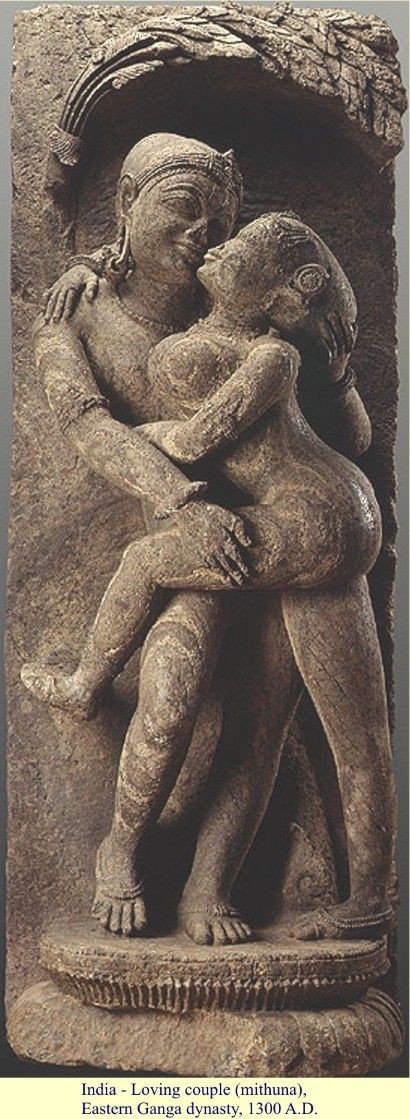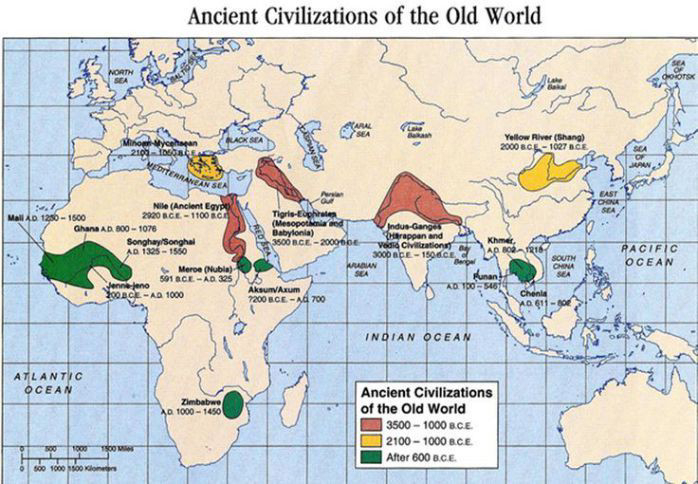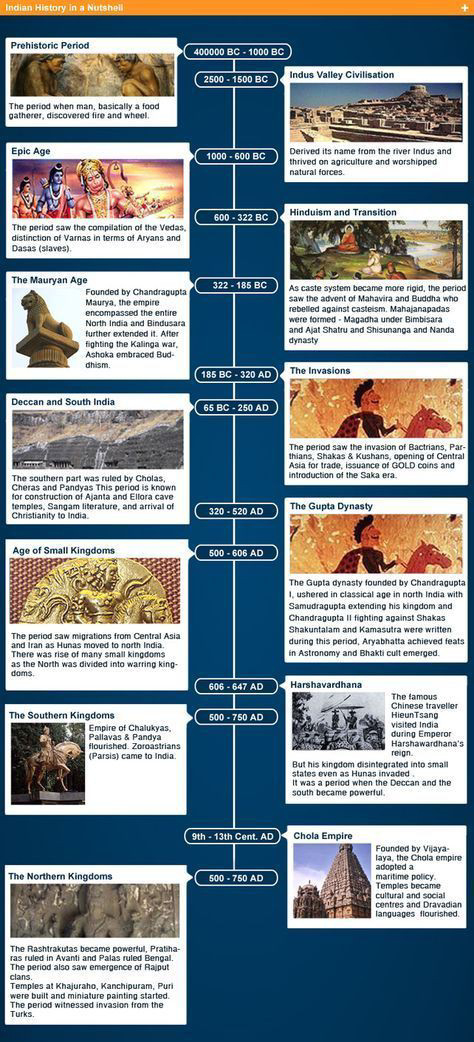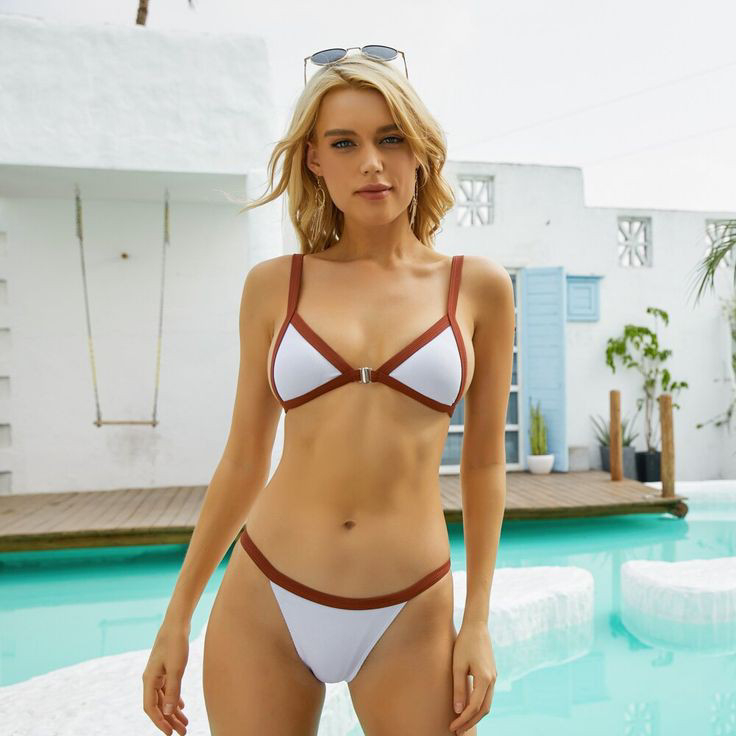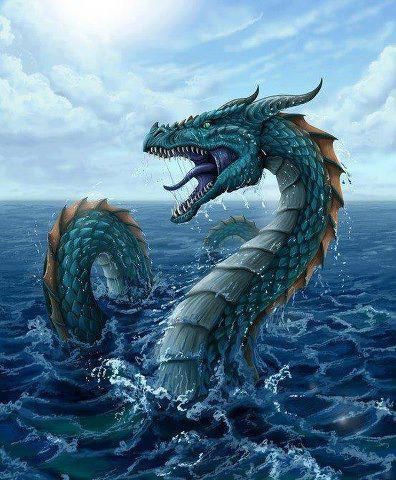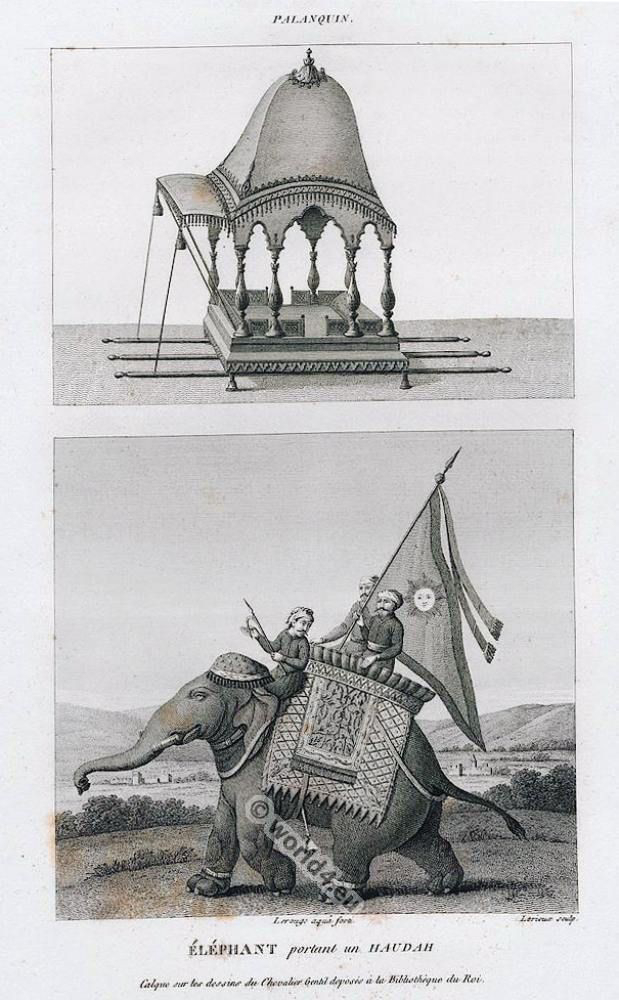Indian and Chinese cultures share a number of similarities, including:
Importance of family: Both Indian and Chinese cultures place great importance on family values and traditions. Respect for elders and filial piety are highly valued in both cultures.
Cuisine: Indian and Chinese cuisine are both renowned around the world for their distinct flavors and ingredients. Both cultures use a wide variety of spices and herbs in their dishes, and both have a strong tradition of vegetarian cuisine.
Festivals: Both Indian and Chinese cultures have a rich tradition of celebrating festivals with great enthusiasm and energy. For instance, Diwali and Chinese New Year are two of the biggest festivals in their respective cultures.
Traditional medicine: Both cultures have a long history of traditional medicine, including Ayurveda in India and Traditional Chinese Medicine (TCM) in China. Both have a holistic approach to health and healing.
Philosophy and spirituality: Both cultures have rich philosophical and spiritual traditions, including Hinduism and Buddhism in India, and Confucianism and Taoism in China.
Art and literature: Both cultures have a long history of art and literature, including poetry, painting, calligraphy, and sculpture. Indian and Chinese art and literature have both had a significant influence on other cultures around the world.







